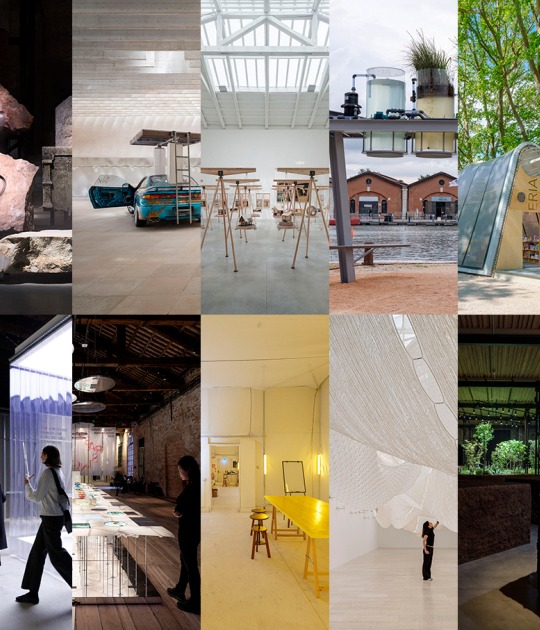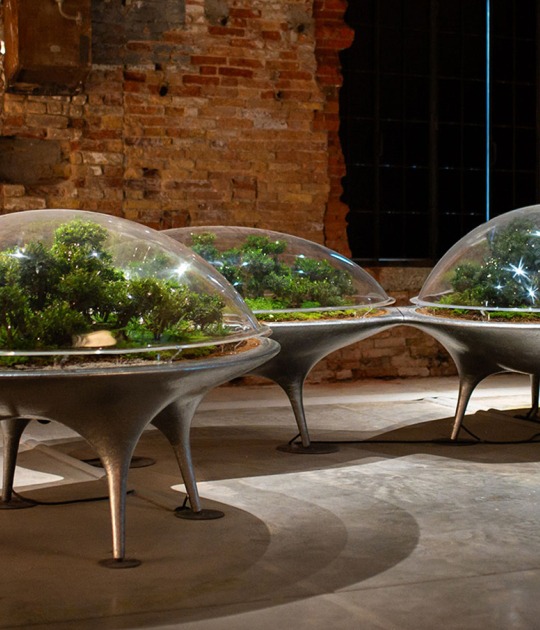The choice of the José María Caro settlement to develop the research was not done randomly. It was selected because it is a neighborhood in the southern part of Santiago where its inhabitants, public employees, and the armed forces worked together to transform the neighborhood, even everyone helped to build other people's houses except their own so as not to put individual interests above those of others
More information on the Chilean pavilion can be found here.
Description of project by Emilio Marín and Rodrigo Sepúlveda
The main piece in the Chilean pavilion is 500 testimonies transformed into 500 paintings. Based on a set of formal rules and collective work where authorship is diluted within the community, painters and historians have brought together the stories of the emblematic José María Caro settlement and turned them into images.
These latter go through different spaces, recalling past and present lives within this community. The question How will we live together? implies a reflection on the experiences of how we have lived as a community, the different historical and political cycles that are part of the territory we inhabit, and how memory allows us to look at our past and hence put forward a joint view.
The José María Caro settlement is located south of the central peripheral beltway of Santiago in Chile and is part of a carefully planned social integration process. In the late 1950s and early 1960s, the government’s Housing Corporation Office implemented a new housing plan that would bring different social classes together within the same territory.
The territory would include informal settlements for freelance or middle-class workers, members of the armed forces, and government employees in eight distinct sectors organized along the railway that connects the country’s central region to the south.
Testimonial Spaces is an exhibition that focuses on pursuing memories, yearnings, and the spatial tactics of an integrated life; on a city that is the end result of an inventory filled with stereotypes; on a biographical city where architectures, imaginary routines, and common spaces and circumstances rebuild an already inhabited and imperfect city, longed for and idealized: a house, a park, a street market, a sports area, the neighborhood, the fact of living next to each other.
































